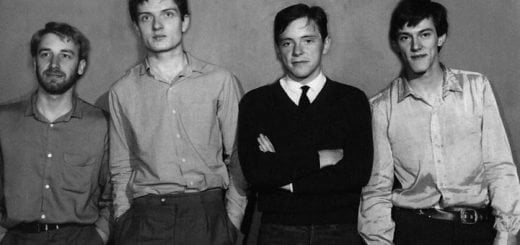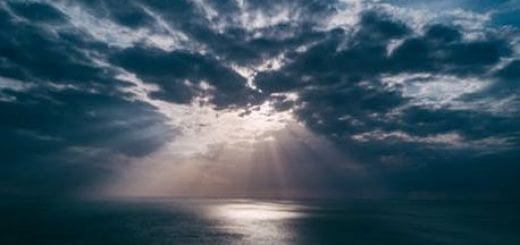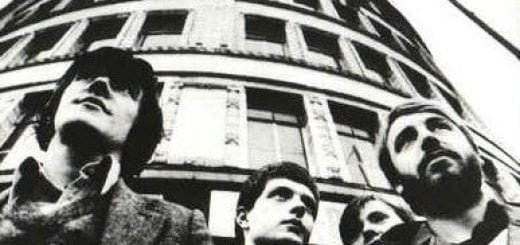Interzone by Joy Division Lyrics Meaning – Unpacking the Enigmatic Search for Connection
Lyrics
(Someone talked me in to try and do it)
Attracted by some force within it
(Had to close my eyes to get close to it)
Around a corner where a prophet lay
(Saw the place where she’d had a room to stay)
A wire fence where the children played
(Saw the bed where the body lay)
And I was looking for a friend of mine
(And I had no time to waste)
Yeah, looking for some friends of mine
The cars screeched, hear the sound on dust
(Heard a noise just a car outside)
Metallic blue turned red with rust
(Pulled in close by the building’s side)
In a group all forgotten youth
(Had to think, collect my senses now)
Are turned on to a knife-edged view
(Find some places where my friends don’t know)
And I was looking for a friend of mine
(And I had no time to waste)
Yeah, looking for some friends of mine
Down the dark streets (getting darker now)
The houses looked the same (faces look the same)
I walked ’round and ’round (stomach torn apart)
They nailed me to a tree (had to think again)
Trying to find a clue (trying to move away)
Trying to find a way to get out (had to move away and keep out)
Four twelve windows, ten in a row
(Behind a wall where a room to go)
The light shined like a neon show
(See the deep mellow warmth of the glow)
No place to stop, no place to go
(No time to lose, had to keep on going)
I guess they died some time ago
(I guess they died some time ago)
And I was looking for a friend of mine
(And I had no time to waste)
Yeah, looking for some friends of mine
Joy Division’s ‘Interzone’ from their monumental 1979 album ‘Unknown Pleasures’ remains an enigmatic entry in the band’s revered discography. The song’s visceral energy and labyrinthine lyrics evoke a journey that is both inward and outward, a desperate quest set against the backdrop of an urban landscape.
As we dissect the layers within ‘Interzone,’ we find a song that’s more than its post-punk roots suggest. It’s a narrative of displacement, a soliloquy of solitude and a prophetic glimpse into the alienating effects of modern urban life. Let’s embark on an odyssey to understand the rich tapestry of meaning behind this captivating track.
Navigating the Urban Maze: The Search for Humanity
The haunting refrain, ‘I was looking for a friend of mine,’ repeated throughout ‘Interzone,’ encapsulates the human need for connection amid the chaos of city life. The urban landscape is not just a backdrop—it’s an active participant in the search, pushing the narrator to his emotional and psychological limits.
Joy Division conjures a world where the urban environment oscillates between oppressor and savior. It provides anonymity for the prophet who lays around a corner and the forgotten youth, yet it’s this very anonymity that exacerbates the sense of isolation and the futility of the search.
Ephemeral Landmarks: The Song’s Hidden Meaning
At first glance, ‘Interzone’ could be perceived as a stark portrayal of a decaying city. However, a deeper listen reveals it’s also a metaphor for the mental disarray that comes with loss and the quest for identity. The ‘wire fence’ and ‘dark streets’ serve as symbols of the barriers we erect within ourselves, hindering the journey to self-discovery.
The narrator’s internal struggle and existential dread are projected onto the physicality of the cityscape, turning the song itself into an ‘interzone’—a liminal space between hope and despair, connection and alienation. This duality lies at the heart of Joy Division’s lyrical genius—peering into the dark to extract a universal narrative of human experience.
Prophets and Playgrounds: Decoding Symbolism
The enigmatic ‘prophet’ and the innocent yet grim ‘wire fence where the children played’ evoke a stark juxtaposition of wisdom and lost innocence. These glimpses into the urban life are like fractured mirrors, reflecting pieces of a once-whole humanity now scattered among the detritus of society.
Within these symbols, Joy Division contemplates the cycle of life and death, growth and decay. The prophet’s demise and the children’s play in close proximity suggest a narrative where life persists amid the omnipresent specter of mortality, and perhaps it’s within this cycle that one finds the essence of human connection.
A Palette of Decay: Interzone’s Memorable Lines
‘Metallic blue turned red with rust’ is a line that visually encapsulates the transformation of the environment—an emblem of the degradation not only of the physical world but also of the societal fabric. It speaks to the entropy that engulfs both the steel of the cars and the steel of the human spirit.
The palette of decay painted by Joy Division in ‘Interzone’ resonates with the listener, not because it’s foreign, but because it’s familiar. It reminds us that beneath the veneer of progress and modernity lies the unchangeable human condition, one that rusts, wears, and ultimately fades.
The Unrelenting Clock: Time as the Perpetual Foe
The constant pressures of time are succinctly captured in the repeated line, ‘And I had no time to waste.’ In their search, the protagonist is not only geographically but temporally lost, racing against a clock that governs the vitality of the human connections they are seeking.
This line could also be interpreted as a nod to the transient nature of life itself, a theme that’s particularly poignant considering the tragic and premature death of lead singer Ian Curtis. In this light, ‘Interzone’ extends beyond the personal, becoming a haunting memento mori for the listener.








